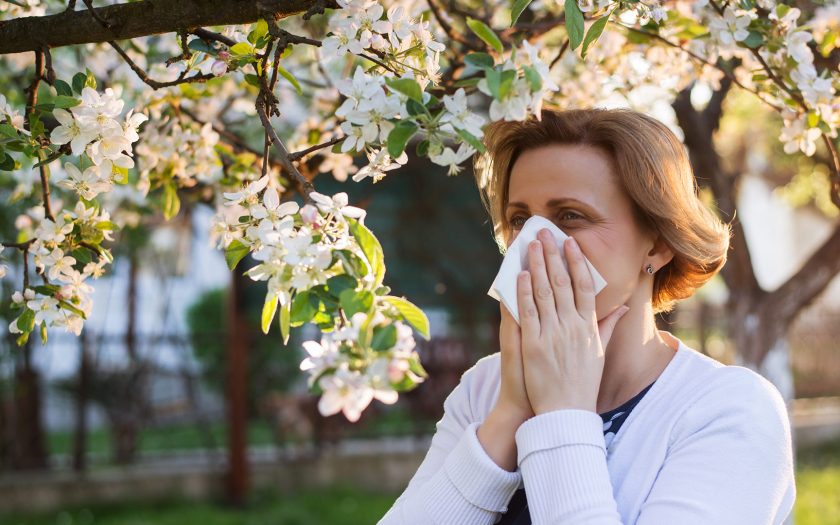Summer is associated with warmth and flowering. But if someone admires it, there is a certain group of people for whom all these leaves, flowers and other summer delights are allergic! And not in a figurative sense, it is in a direct sense – seasonal allergy or pollinosis.
“Polynosis” comes from the Latin word “pollen”, and this type of allergy was known in ancient times. Even in the myths of ancient Greece, mention was made of ragweed. It was called the food of the gods, because in humans, for the most part, ragweed caused terrible skin rashes and shortness of breath. Ambrosia pollen is indeed one of the main causative agents of allergies in humans.
In the Middle Ages, mass attacks of cough were also associated with flowering plants.
However, more precisely the characteristic features of pollinosis were described only in the XIX century. And it is not the only ragweed. Depending on the flowering season, allergies can be caused by pollen during the flowering of birch, maple, hazel, flowers, cereals, poplar, wormwood, as well as molds. At the same time, pollen and spores can be transported over long distances, and pollinosis will manifest itself even if there are no allergen plants nearby.
Some studies say that every fifth inhabitant of our planet suffers from seasonal allergies, regardless of the place of residence, age, and sex. And despite the fact that the disease has existed for many centuries, people have not been immune to it. The fact is that the first cause of seasonal allergies is a genetic predisposition. At conception, allergy parents pass on genes that cause an aggressive immune response to the stimuli to their baby.
If you have an allergy of some kind, it is likely that the pollinosis will manifest itself sooner or later. This can also happen if a person suffers from chronic bronchopulmonary and immune diseases. Or we ourselves can create the conditions in which we begin to suffer from seasonal allergies: living in an environmentally hazardous environment or working in harmful conditions.
Pollinosis manifests itself with the following symptoms: nasal congestion, redness, and itching of the eyes, sneezing, tears, dry cough, shortness of breath. In the more serious form of allergies may appear urticaria, dermatitis in the form of vesicles on the skin. At the same time, these symptoms are accompanied by feelings of fatigue, headache, nausea, symptoms of SARS. Also, allergy sufferers may experience angioneurotic edema, which can have unintended consequences.
So, how to get rid of seasonal allergy? First, you should avoid any allergen contact in all possible ways. Secondly, in the case of relapse, take antihistamines in the form of tablets, sprays or drops. They are of two types:
1. Eliminate symptoms for a short period, up to four hours, have sedative properties: Asthafen, suprastin.
2. Take away symptoms for 24 hours, do not have sedative properties: Loraclear, Claritine, Alerid.
You can also use sprays: Flixonase Nasal Spray, Flixotide Inhaler, Furamist AZ Nasal Spray. They can quickly relieve nasal congestion, swelling, and eliminate breathing difficulties.

